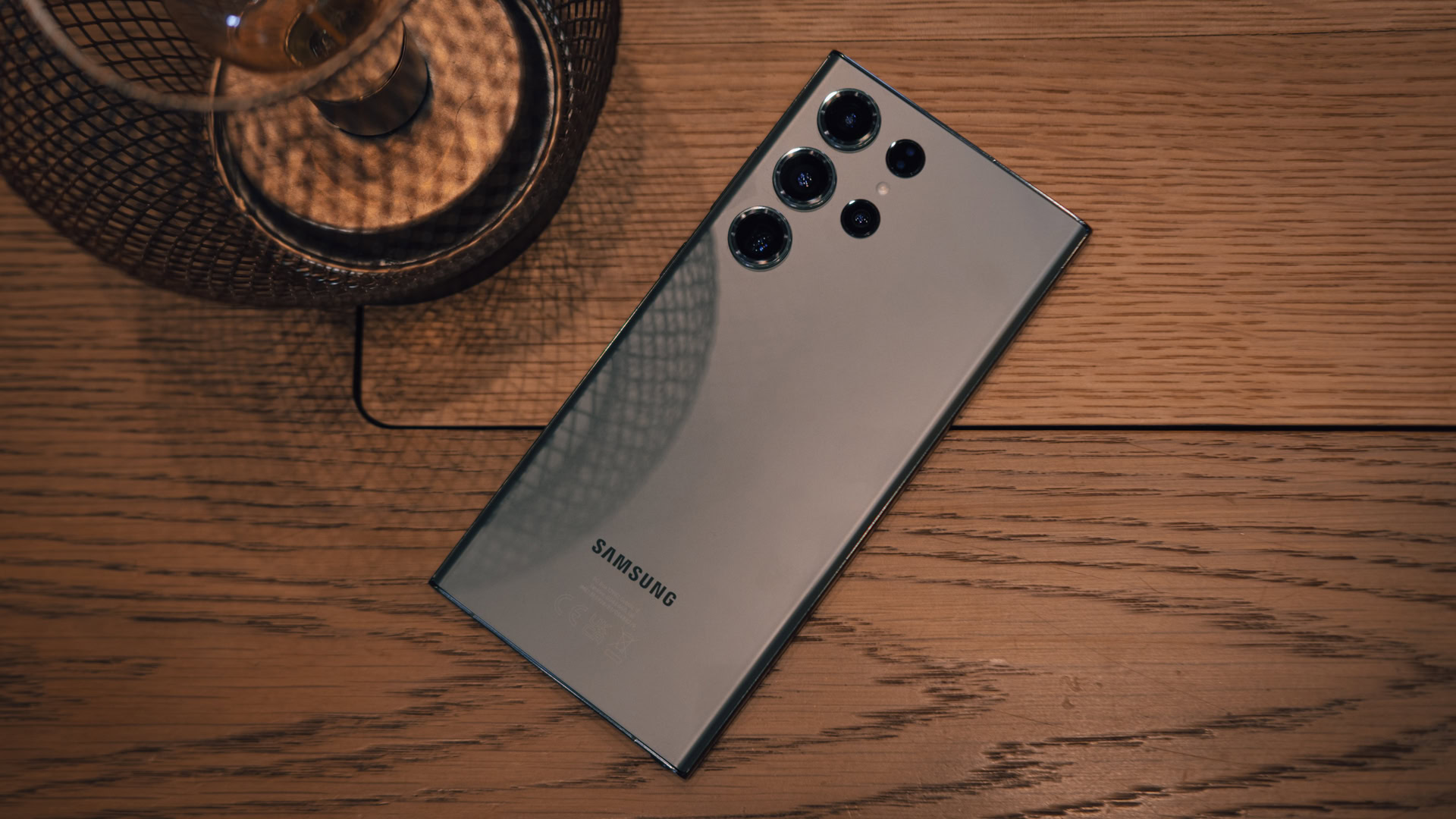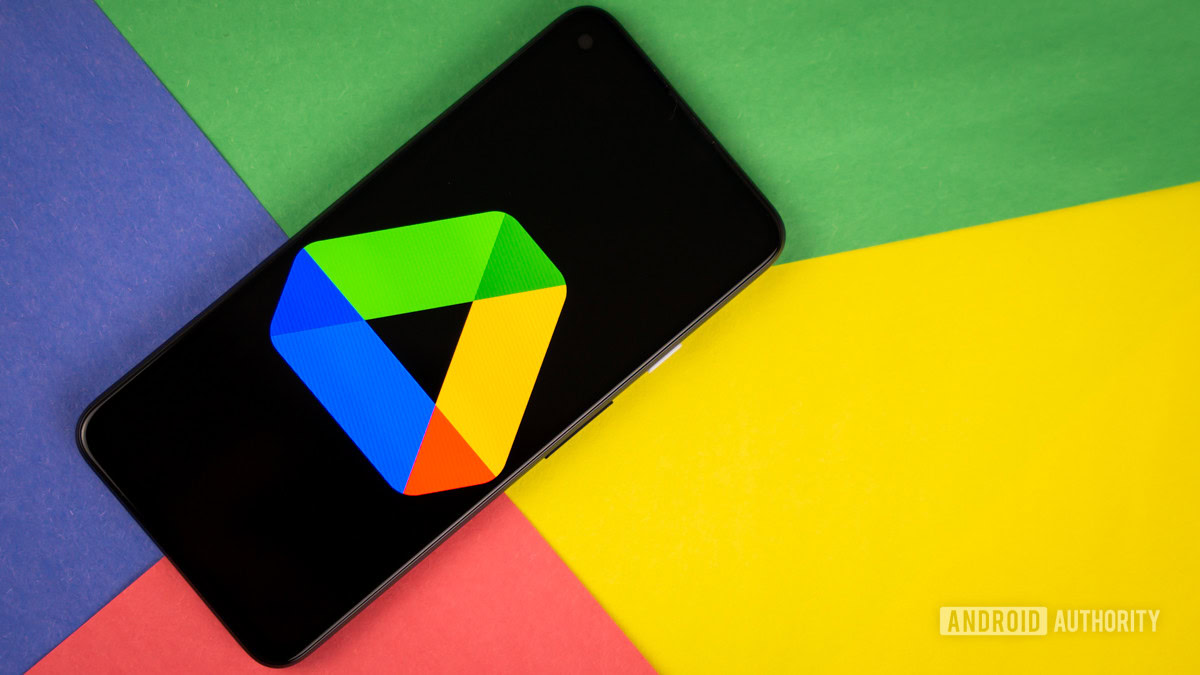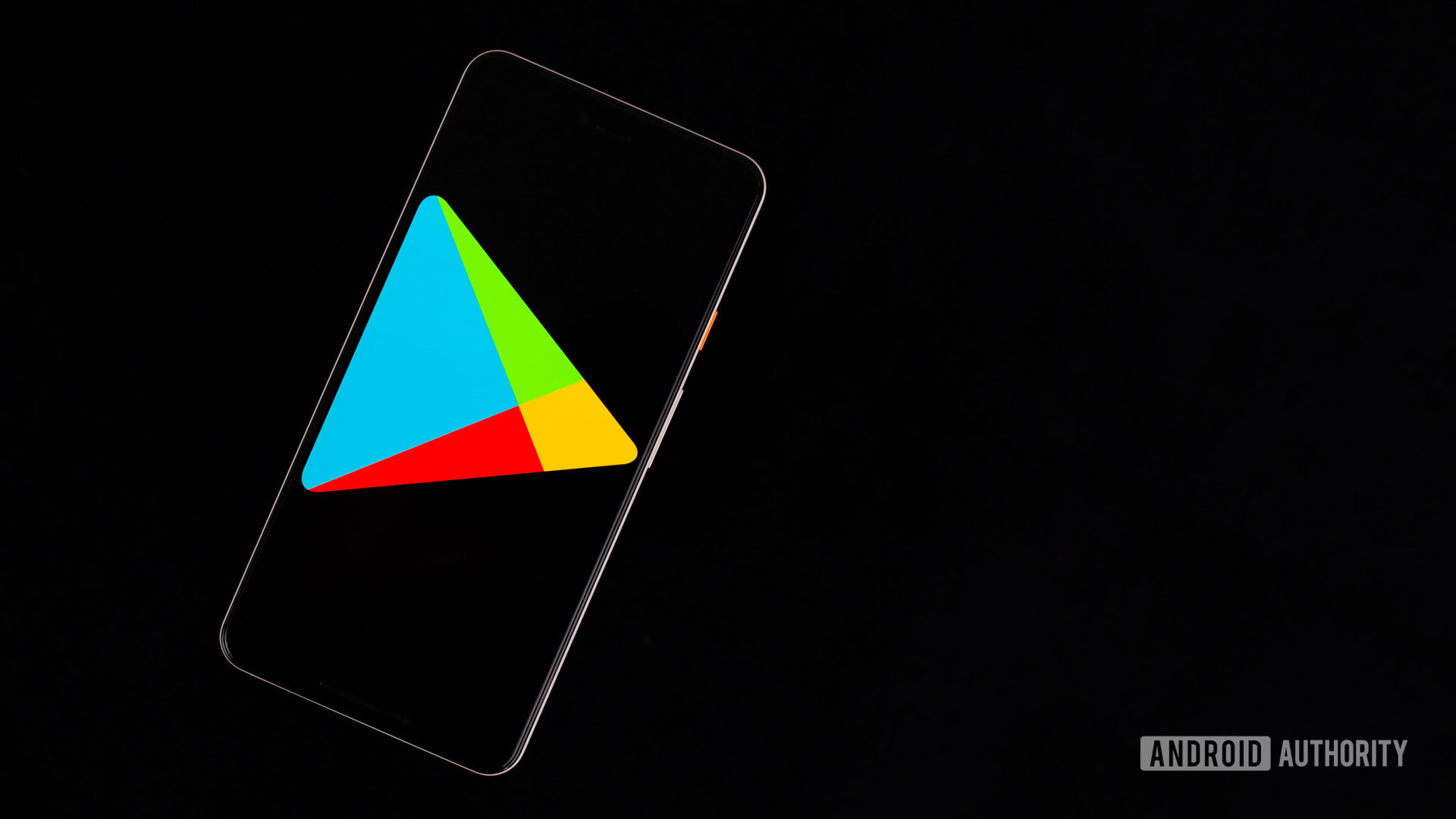Affiliate links on Android Authority may earn us a commission. Learn more.
How to back up your Samsung phone
Whether your phone stops working, gets damaged, is lost or stolen, or you’re switching handsets, you’ll want to ensure all your data is safeguarded and ready for restoration. Samsung is second only to Apple regarding smartphone manufacturer market share, so many of you are trying to figure out how to back up Samsung phones.
QUICK ANSWER
The simplest way to back up your Galaxy smartphone or tablet is to use your Samsung account. Go to Settings > Accounts and backup > Back up data (under Samsung Cloud), select all the apps you want to back up, and hit Back up now.
JUMP TO KEY SECTIONS
How to back up a phone with a Samsung account

Samsung has its method for quickly backing up all your smartphone data. It can store call logs, alarms, calendars, apps, messages, home screen options, and settings. It covers almost everything you need except personal files, such as photos or songs. You’ll need other methods for that.
Back up using Samsung Cloud
- Open the Settings app.
- Go into Accounts and backup.
- Under Samsung Cloud, hit Back up data.
- Select what you want to back up and tap on Back up now.
Restore a Samsung phone using Samsung Cloud
- Open the Settings app.
- Go into Accounts and backup.
- Under Samsung Cloud, hit Restore data.
- Your backup may include apps you do not have installed. If so, your phone will ask if you want to install those apps. Click Install when prompted, or click Don’t install to bypass this option and restore without installing apps.
- Let the phone do its thing and select Done.
Restore a Samsung phone using Find My Mobile
Here’s a neat feature that will help you back up your device if you’ve already lost it. Of course, you’ll need to set up Find My Mobile first. Additionally, the device needs to be on and connected to data.
- Using any browser, sign in to your Samsung account.
- Let Find My Mobile find your device.
- You’ll get an array of options when the phone has been located. Click on Back up.
- Select what you want to back up and click on Back up.
- Agree to the terms and click on Back up again.
How to back up a phone with Google Drive

Of course, you can always opt for Google, just in case you’re not sure if you’ll be returning to a Samsung phone. Backing up to your Google account is just as simple and will give you the ability to restore using any other Android phone in the future.
- Open the Settings app.
- Go into Accounts and backup.
- Under Google Drive, hit Back up data.
- Toggle on Backup by Google One.
- Tap on Back up now.
You can restore your Google Drive backups during a smartphone setup.
How to back up using a third-party app

Of course, the beauty of Android is that you aren’t limited to the official ways of doing anything. The Google Play Store has applications to help you back up Samsung devices. Of course, we can’t give you step-by-step instructions for all apps, but we have a list of the best Android backup apps for you.
FAQs
Every Samsung account user gets 15GB of storage free. Most backup data counts toward your limit, except for essential apps like Contacts and Calendar, which are unlimited. Additionally, no file over 1GB will be backed up.
Google Drive backups count toward your storage. The only limitation is how much space you have on Google Drive. Every user gets 15GB for free.
Of course. You can always use any physical storage solution to manually transfer your files using a file manager.
No, Samsung Cloud isn’t meant to work on non-Samsung phones, but you can access some Samsung Cloud content from a web browser.